Shared stories, whether spoken, written, sung or filmed are what give a sense of place, history and belonging. Having originated as a holy site for pilgrims to visit the relics of St Andrew, allegedly buried at the cathedral in medieval times, the town of St Andrews has sustained and developed its ongoing global significance through education, discovery, sport and religion. This historic town has thousands of stories to tell, many of which can be uncovered right here in the Wardlaw Museum.
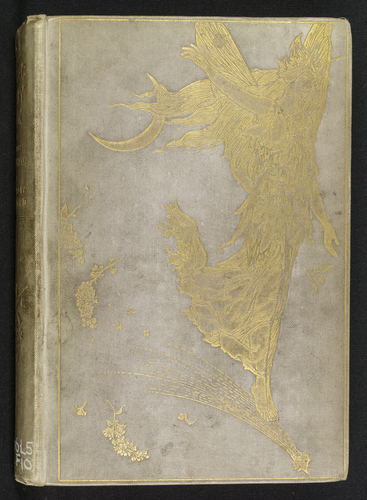
St Andrews’ Wardlaw Museum acts as a vessel for storytelling. Visitors can expect to learn about the foundation, traditions and innovations of Scotland’s oldest university and its students as they traverse through the galleries. Among the displays are documents of Willa Muir, a St Andrews graduate who translated over 40 books, including the works of Franz Kafka. An accomplished linguist and novelist, Willa Muir’s works were an important part of the Scottish Renaissance literary movement which pursued an exploration of identity and engaging with social and political issues. However, literature is not the only way in which stories can be told.
Our display of 70 archery medals highlights the competitive side of St Andrews students in an artform that was popular from the 1618 to 1754 but has now fallen out of favour. Each medal is unique and when displayed collectively shows an important part of the University’s history exemplifying how traditions have developed and waned over the course of 600 years.
Whilst the museum itself focuses on storytelling, the Wardlaw also celebrates two renowned writers who acted as rector: Scottish author of Peter Pan, JM Barrie, and Monty Python member and Fawlty Towers creator John Cleese. Here lies proof that storytelling and imagination are so powerful they can lead to great honour, fame, and responsibility!
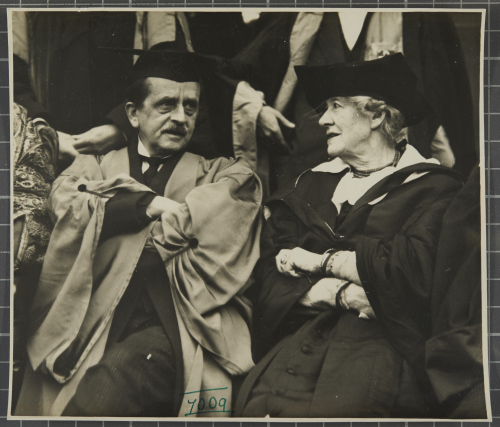
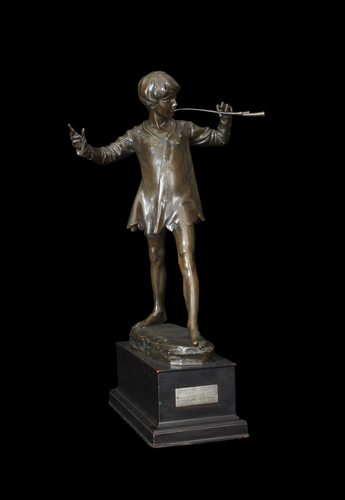
Undoubtedly, there are innumerable ways to communicate stories, particularly considering the long and varied past St Andrews has as a center of religious reform, education and innovation. As the old saying goes ‘A picture is worth a thousand words’ and one of the most striking pieces on permanent display is the painting of the murder of Archbishop Sharp. Opie’s striking painting depicts a dramatic retelling of a gruesome murder just outside of St Andrews in 1679, as part of the long running rivalry between Presbyterian and Catholic religious groups. The dramatic and elegant framing of an otherwise violent scene shows how stories can become distorted by different viewpoints and even recontextualised by societal change.
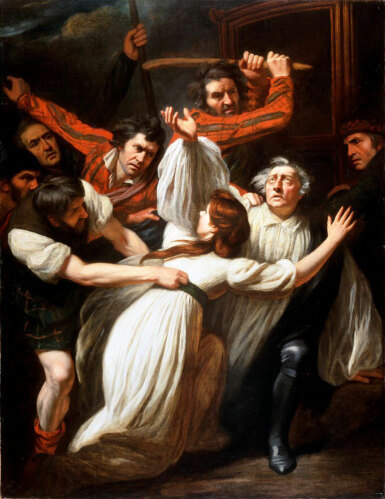
Sometimes simply examining an object may unlock scientific insight and discoveries which help interpret our understanding of the world we live in. Galleries two and three showcase some of St Andrews University’s feats in scientific innovation and discovery.
Conversely, storytelling sometimes comes through cautionary tales, such as those surrounding colonial collecting (from which the Wardlaw is not exempt). As museums became popular in the 1700s, many European explorers raced to fill them with interesting objects and unfamiliar specimens. Unfortunately, this practice was not sustainable or particularly ethical, damaging ecosystems and causing uproar throughout affected communities. Fortunately, steps are being taken to research and recontextualise certain objects, particularly through Wardlaw’s Recollecting Empire exhibition, which addresses key themes and objects which represent the presence of colonialism and empire within the museum.
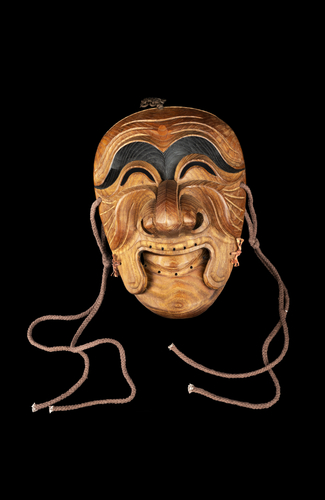
Interpretation is an important part of museum curation, telling the stories of individual objects to understand Scotland’s collective history and understand how these tales have helped shaped the nation today. Visit Scotland’s ‘Year of Stories’ presents the opportunity for every part of Scotland to tell its story and capture imagination.
Wardlaw museum offers two different Smartify tours which can be enjoyed within the museum or at home. One, essential St Andrews and the other Collections highlights tell the stories of key objects from the museum’s vast collection. Don’t forget to get involved and share your own stories through #TalesOfScotland on social media!

Smartify | Collections Highlights
